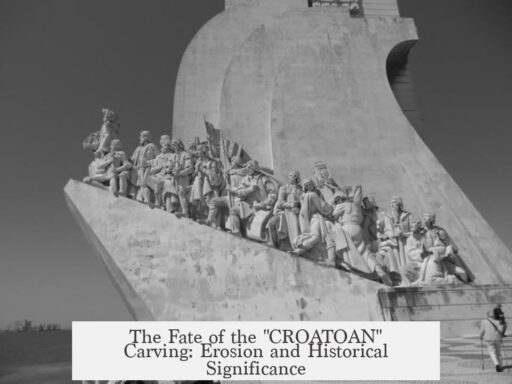The tree that bore the carving “CROATOAN” likely no longer exists due to a combination of factors, with shoreline erosion playing a major role in its disappearance. This carving was famously linked to the lost Roanoke Colony, where the word “CROATOAN” was found etched onto a tree or fence post, indicating a possible message or direction left by the settlers.
Locating this tree depends entirely on finding the settlement it belonged to. Historians and archaeologists have long struggled to pinpoint the exact site of the Roanoke Colony. Most exploration focused on the northern shore of Roanoke Island, near Fort Raleigh. Settlers were unlikely to have traveled far beyond their fortified palisade, so researchers centered their searches in that area.
However, geological studies reveal a significant challenge: shoreline erosion has altered the landscape dramatically. In 1972, researchers Robert Dolan and Kenton Bosserman analyzed geographic data stretching from 1851 to 1970. They confirmed that nearly 982 feet of Roanoke Island’s northern shoreline had been lost to the sea.
By extrapolating this rate of erosion back to the late 16th century, they estimated that the shoreline retreated approximately a quarter of a mile since 1585. Such substantial loss indicates that the land where the tree stood—and the original settlement—may have been swallowed by the ocean over time.
This evidence suggests the tree with the “CROATOAN” carving probably fell victim to natural forces like erosion and submersion. Without the original landmass, physical traces like carved trees would have been destroyed or eroded away. Therefore, the tree is generally presumed lost, “sleeping with the fishes” as the phrase describes the likely fate of this artifact.
- The “CROATOAN” carving was on a tree or fence post linked to the lost Roanoke Colony.
- Finding it today requires locating the vanished settlement, complicating efforts.
- Significant shoreline erosion has led to the loss of much of Roanoke Island’s original land.
- Shoreline retreat of roughly a quarter mile since 1585 means the tree’s site is likely underwater.
- The tree is presumed destroyed due to natural land changes over centuries.
What Happened to the Tree That Had “CROATOAN” Carved Into It?
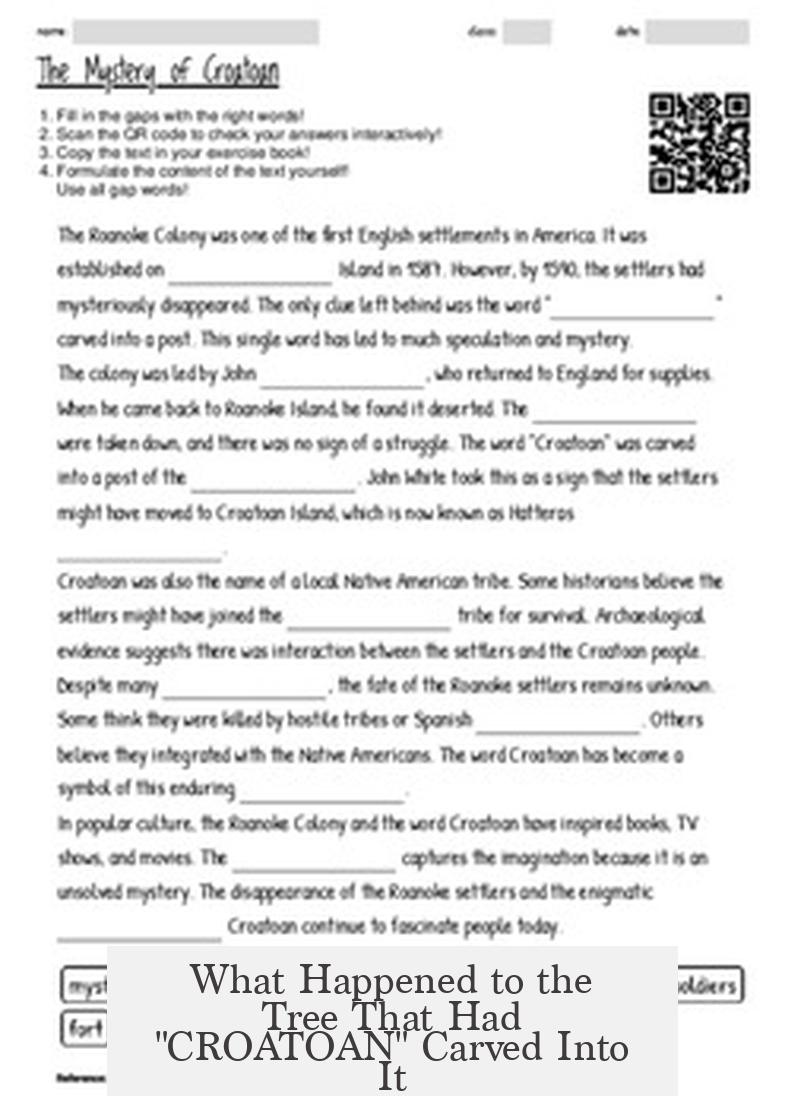
Picture this. You’re standing in a dense North Carolina forest in 1590, trying to solve one of the oldest American mysteries. Suddenly, you spot it—a tree with the word “CROATOAN” etched into its bark. What happened to that tree? Does it still stand strong, or is it lost to history?
The simple answer is this: We don’t know exactly what happened to the tree carved with “CROATOAN.” It vanished long ago, likely lost to natural forces and time.
The Puzzle of the Lost Colony and the CROATOAN Carving
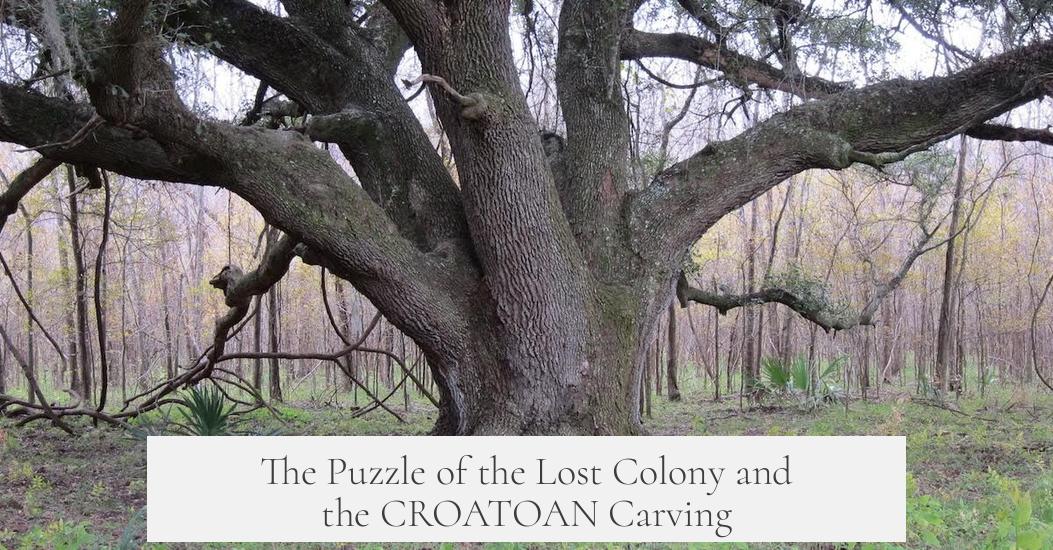
The inscription “CROATOAN” was found on a tree at the site of the mysterious Roanoke Colony, also known as the Lost Colony. When John White returned from a trip to England in 1590, he found the fort abandoned with only that cryptic word left behind. No people, no struggle marks, just “CROATOAN.” What does it mean, and where did the settlers go?
Before we dive deeper, the very first challenge is *finding* the settlement itself. “To locate the ‘CROATOAN’ carvings, you first need to find the settlement,” experts remind us. Unfortunately, pinpointing the colony’s exact location remains a challenge. The best guess is an area on Roanoke Island’s northern shore, near Fort Raleigh. But even that guess leads to more questions.
Shoreline Erosion: The Silent Destroyer
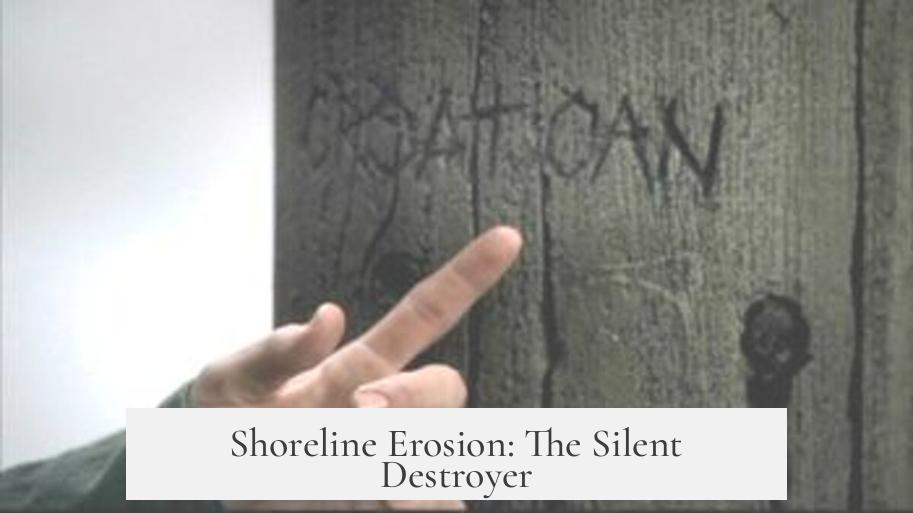
Here’s a major spoiler—nature isn’t too kind to historical artifacts, especially trees. Most of the searches for the Lost Colony have zeroed in on the northern shore of the island, near Fort Raleigh. That’s likely where settlers stayed close to the palisade wall. But in 1972, two researchers, Robert Dolan and Kenton Bosserman, shook the historical community with their findings.
They published a paper showing how the shoreline has severely eroded over time. Using geographical surveys spanning from 1851 to 1970, they discovered that roughly 982 feet of land had been swallowed by the sea. That’s nearly a quarter of a mile lost in less than 400 years.
Imagine the coastline creeping inward, stripping away anything in its path—including the trees, buildings, and potentially the very spot where the “CROATOAN” carving lived. It’s like the ocean hit delete on part of the island’s history.
The Tree’s Fate: Sleeping With the Fishes
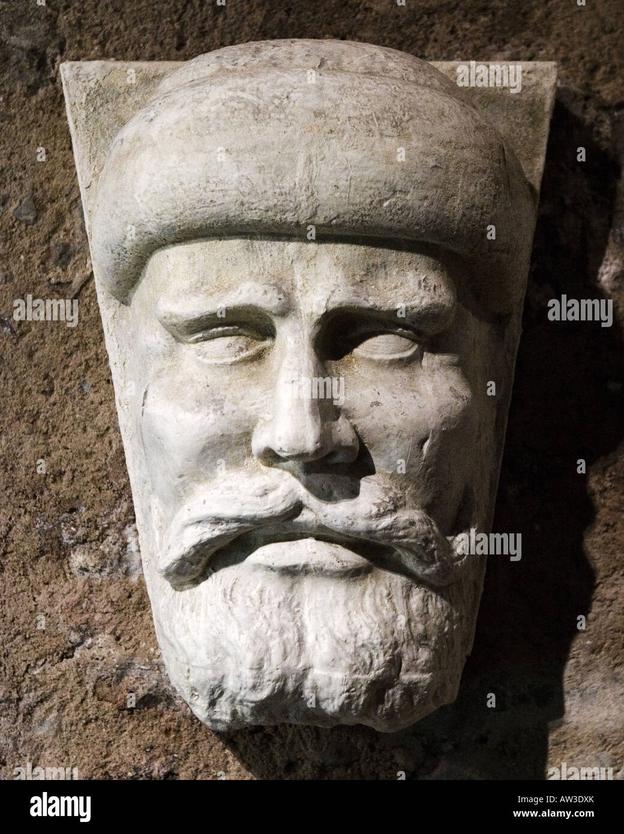
The harsh truth? That tree is likely “sleeping with the fishes.” In other words, it’s long gone under the waves or buried beneath shifting sands and sediment. There’s no known record of the exact tree surviving the centuries of erosion and natural decay.
Disappointing? Yes. But also expected. Trees don’t tend to live for centuries, especially in coastal environments prone to storms and tides. Plus, the carving was exposed to weather, animals, and human interference. It was doomed to vanish at some point.
Why Does This Matter To Us?
Here’s a question you might ask: “Why should we care about this tree?” Beyond the curiosity of the Lost Colony mystery, the “CROATOAN” carving symbolizes hope, survival, and the unknown destiny of early American settlers. It’s a tangible, albeit lost, link to one of the earliest European attempts to colonize America.
The loss of that tree also teaches us something practical: Historical preservation is a race against time and nature.
As landscapes change, relics that could solve centuries-old puzzles disappear. Each piece lost increases the mystery but also the urgency to document and investigate what remains.
What Can We Do With This Knowledge?
- Explore History Actively: Visiting museums and preserved sites like Fort Raleigh can give context to the mysterious “CROATOAN” and the Lost Colony.
- Support Archaeological Efforts: Organizations working to excavate and research Roanoke Island need backing to continue uncovering evidence—perhaps new carvings, tools, or even settlements might be found elsewhere on the island.
- Accept Nature’s Role: Understanding that natural forces like erosion shape history helps historians and enthusiasts set realistic expectations when searching for clues.
Could the Carving Resurface Somewhere Else?
Some skeptics wonder if “CROATOAN” might turn up etched on another tree or artifact elsewhere on the island or nearby Croatoan Island (now Hatteras Island). While the original tree is lost, these clues could suggest the settlers relocated or sought refuge with local tribes.
As of now, no new carvings matching the historic one have been found in recent excavations, adding to the frustration and allure of this historical whodunit.
In Conclusion
The tree with “CROATOAN” carved into it is most certainly gone, a victim of time, weather, and an ever-changing shoreline. But the mystery imbued in that word echoes through history, urging us to keep searching, questioning, and learning.
While the tree itself rests beneath waves or soil, the story and intrigue remain as alive as ever. It sparks curiosity about where the Roanoke settlers went and what their lives were like. So next time you hear “CROATOAN,” remember—the tree may be lost, but the quest isn’t over. Are you ready to uncover history’s next secret?
